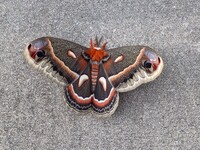
| Recorded by: Tim Lewis on 2025-06-03
Jackson Co.
Comment: | 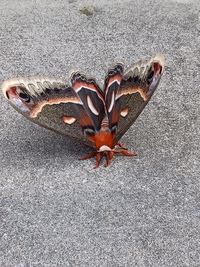
| Recorded by: Tim Lewis on 2025-06-03
Jackson Co.
Comment: |
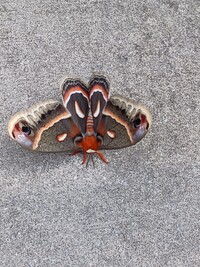
| Recorded by: Tim Lewis on 2025-06-03
Jackson Co.
Comment: | 
| Recorded by: Cheryl A. Williams on 2025-05-19
Mecklenburg Co.
Comment: |

| Recorded by: Lior S. Carlson on 2025-05-09
Orange Co.
Comment: | 
| Recorded by: F. Williams, S. Williams, P. Hart on 2025-05-09
Cumberland Co.
Comment: |
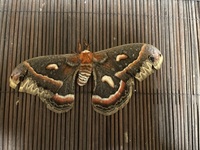
| Recorded by: Elizabeth Mobley on 2025-04-24
Gaston Co.
Comment: | 
| Recorded by: Carol Burns on 2025-04-20
Mecklenburg Co.
Comment: |

| Recorded by: E. Davies on 2024-06-05
Chatham Co.
Comment: | 
| Recorded by: Stella Cerjan on 2024-05-24
Cleveland Co.
Comment: |

| Recorded by: Mark Basinger on 2024-05-22
Wilson Co.
Comment: | 
| Recorded by: M. Griffin on 2024-05-08
Burke Co.
Comment: |
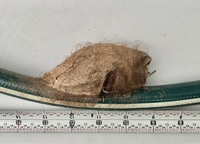
| Recorded by: David Gough on 2024-04-15
Wake Co.
Comment: | 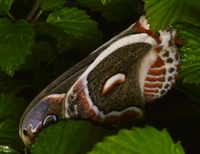
| Recorded by: Stephen Dunn on 2024-04-11
Orange Co.
Comment: |

| Recorded by: Tjaye on 2023-09-12
Buncombe Co.
Comment: | 
| Recorded by: Brian Bockhahn on 2023-07-27
Orange Co.
Comment: |

| Recorded by: Stephen Dunn on 2023-07-12
Orange Co.
Comment: | 
| Recorded by: Stephen Dunn on 2023-07-12
Orange Co.
Comment: |
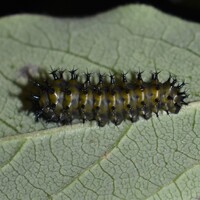
| Recorded by: David George, Stephen Dunn, Jeff Niznik on 2023-07-06
Orange Co.
Comment: | 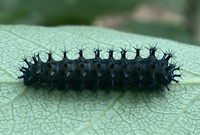
| Recorded by: David George, Stephen Dunn, Becky Watkins on 2023-07-04
Orange Co.
Comment: Early instar larva on persimmon |
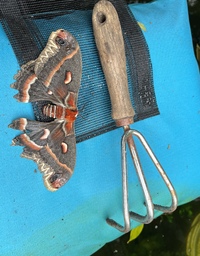
| Recorded by: C. Frelitz on 2023-05-27
Forsyth Co.
Comment: | 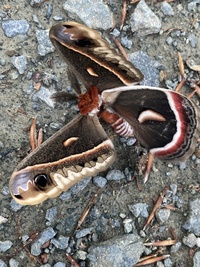
| Recorded by: Carol Ann McCormick on 2023-04-09
Alamance Co.
Comment: |
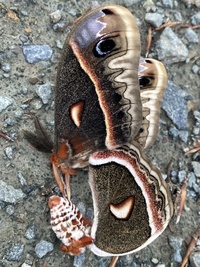
| Recorded by: Carol Ann McCormick on 2023-04-09
Alamance Co.
Comment: | 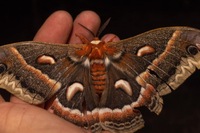
| Recorded by: Walt Jenkins on 2023-04-02
Pender Co.
Comment: |
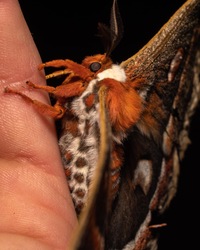
| Recorded by: Walt Jenkins on 2023-04-02
Pender Co.
Comment: | 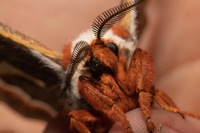
| Recorded by: Walt Jenkins on 2023-04-02
Pender Co.
Comment: |
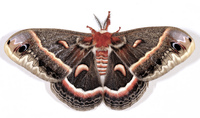
| Recorded by: John Petranka on 2022-06-06
Orange Co.
Comment: | 
| Recorded by: Jim Petranka on 2022-06-06
Madison Co.
Comment: |

| Recorded by: Jim Petranka on 2022-06-06
Madison Co.
Comment: | 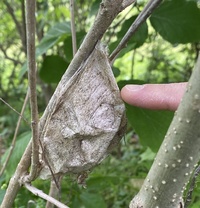
| Recorded by: David George on 2022-04-30
Durham Co.
Comment: cocoon on Buttonbush on edge of shallow pond |
|

 »
»




























